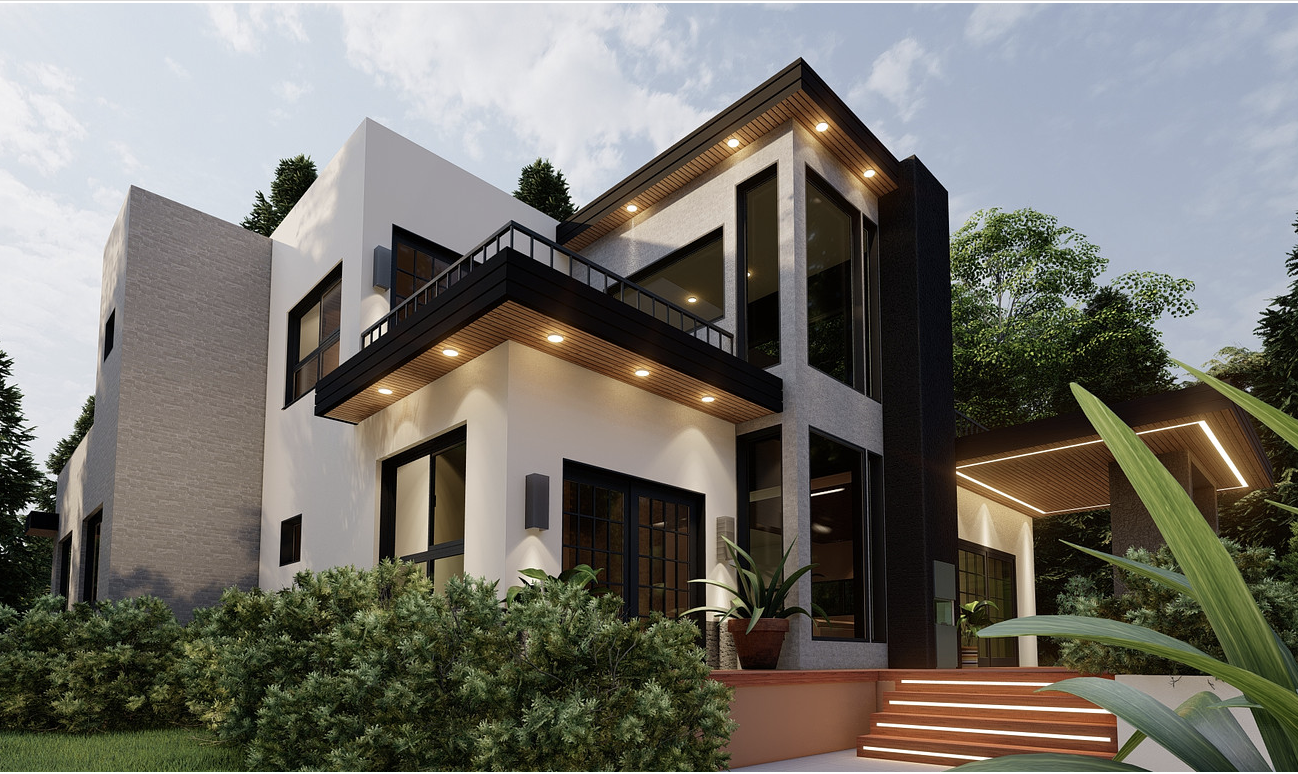In April, an unexpected increase in American residential construction was seen, exhibiting a 2% rise from March. The scarcity of available homes for sale is fuelling this interest in newly constructed residences.
Despite this, the year-over-year comparison reveals a 22.3% dip in housing starts, a metric indicating the commencement of construction on new homes. This information was sourced from the Census Bureau data.
Following a brief surge in February, after five continuous months of downturn, housing starts experienced a dip in March. However, April observed a reversal of this trend, with an adjusted annual rate of 1.40 million units, which is an increment from the 1.37 million units estimated in March.
In April, the start of construction on single-family homes saw a 1.6% increase from March's adjusted figures, achieving a seasonally adjusted annual rate of 833,000.
Conversely, building permits, which signal the authorization for the construction of new housing units, continued to decline in April, mirroring the trend from March. These permits experienced a 1.5% drop from March's revised rate and a 21.1% plunge from last year.
The seasonally adjusted annual rate of building permits in April was 1.416 million. Although there was a dip in the Northeast and Midwest regions, an increment was observed in the South and West regions.
Despite mortgage rates remaining above 6%, builders are adapting their offerings to cater to a more affordable price range. They're achieving this by presenting smaller layouts and less luxurious finishes to keep prices reasonable in the current high-interest environment, as stated by Kelly Mangold from RCLCO Real Estate Consulting.
Significant declines in housing starts were seen in May and July of the previous year, as climbing mortgage rates deterred many potential homebuyers. A slight recovery was noted in August, but a downward trend continued until January.
Nevertheless, the recent positive economic changes have revitalized construction activity. Builders are optimistic about 2023, given the downward trend in mortgage rates.
However, the overall attitude of American homebuyers has increasingly turned negative. As per the annual Economy and Personal Finance survey by Gallup conducted in April, only 21% of the respondents think that now is a good time to buy a house. This is the lowest it has been since the question was first posed in 1978. Until 2022, at least half the participants consistently deemed it a good time to purchase a home.
In another study by the National Association of Home Builders (NAHB), it was discovered that the shortage of available homes for sale is boosting the confidence of home builders. The current scarcity is due to homeowners choosing to keep their ultra-low mortgage rates.
The NAHB/Wells Fargo Housing Market Index, which evaluates market conditions and scrutinizes the present sales, buyer traffic, and future sales projections of new construction homes, reported growth in May. This marks the fifth consecutive month of builder confidence growth and the first time the sentiment levels have reached 50 since the previous July.
Builders still face hurdles in meeting the rising demand for new constructions, including a lack of building materials and tightening credit conditions for residential real estate development and construction, due to the Federal Reserve's decision to raise interest rates.
According to Robert Dietz, NAHB’s chief economist, with the limited availability of housing, new construction will continue to be a crucial element for potential home buyers throughout the year. "In March, new homes in various stages of construction accounted for 33% of all homes listed for sale," Dietz mentioned. Historically, this figure has hovered around 13% between 2000 and 2019.
Enticing buyers in a market where interest rates have more than doubled since 2021 has been achieved largely through incentives. However, the NAHB notes that these incentives are gradually dwindling. The share of builders reducing home prices fell to 27% in May, compared to 30% in April and 36% in November of the previous year. The average price cut for a new home has remained stable at a 6% reduction for the past four months. Furthermore, incentives were extended to 54% of new home buyers in May, a decrease from 59% in April and 62% in December.
Question & Answer Section:
Q1: What was the trend in U.S. residential construction in April?
A1: In April, an unexpected increase in U.S. residential construction was observed, demonstrating a 2% rise from March. This is largely due to the shortage of available homes for sale, sparking interest in new constructions.
Q2: How have building permits trends changed recently?
A2: Building permits, which signal the authorization for the construction of new housing units, continued to decline in April, following the trend from March. These permits experienced a 1.5% drop from March's revised rate and a 21.1% decrease from the previous year.
Q3: How are builders adapting to the high-interest environment?
A3: Despite mortgage rates remaining above 6%, builders are modifying their offerings to cater to a more affordable price range. They're achieving this by presenting smaller layouts and less luxurious finishes.
Q4: What has been the impact on homebuyer sentiment given the current economic conditions?
A4: The overall attitude of American homebuyers has increasingly turned negative. Only 21% of respondents in an annual Gallup survey conducted in April believe now is a good time to buy a house. This is the lowest it has been since the question was first posed in 1978.
Q5: How has the shortage of available homes influenced the confidence of home builders?
A5: The National Association of Home Builders (NAHB) found that the shortage of existing homes for sale is boosting the confidence of home builders. The current scarcity is due to homeowners choosing to keep their ultra-low mortgage rates.









